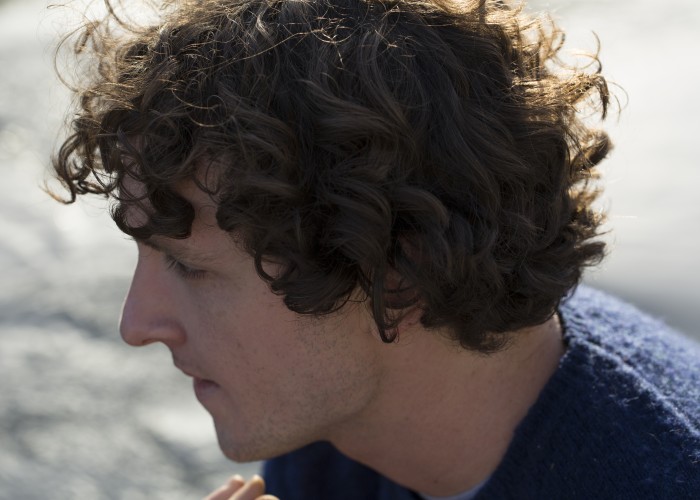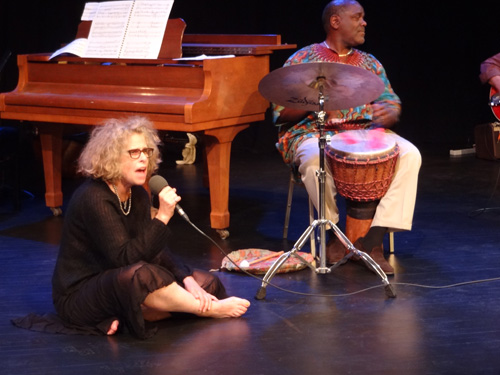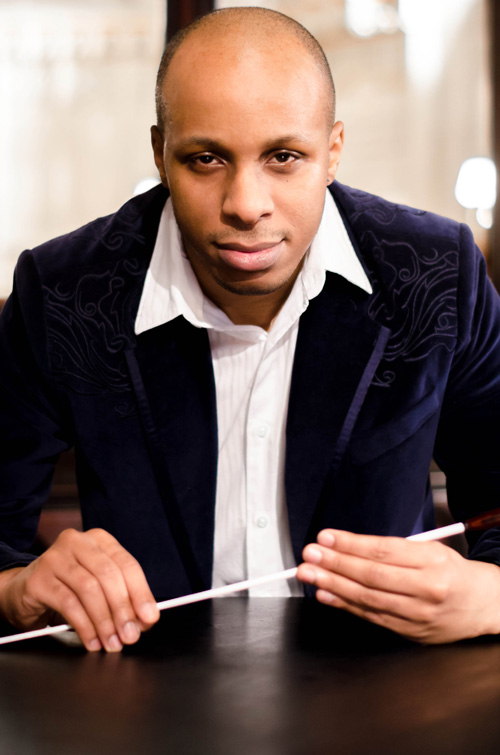Interview: Sam Amidon

Published in Berkshires Week on September 3, 2014
Original article: http://www.berkshireeagle.com/berkshiresweek/ci_26459985/whose-woods-these-are-i-think-i-know
NORTH ADAMS — After performing at Wilco’s most recent Solid Sound festival in 2013, Brattleboro native Sam Amidon returns to Mass MoCA this Sunday to perform at FreshGrass, the museum’s yearly bluegrass and roots music festival. A confident fiddler, banjo player, guitarist and singer, Amidon will release his sixth solo album, “Lily-O,” on Sept. 30. Like his earlier albums, the songs on “Lily-O” are largely original re-imaginings of traditional American folk songs.
JPM: How do you think your music fits in the surroundings of Mass MoCA?
Sam Amidon: It’s right in the middle of beautiful New England, and many of the songs I sing — especially the shape note songs — come from that. It has all the weird, beautiful old brick, and the crazy modern art.
JPM: Alison Brown, another FreshGrass artist, said that modern art is built on the traditions and history of all the art that came before it, and today’s folk music is the same in that way.
SA: That’s true, definitely. In some ways, it’s more accidental that I sing folk songs, because I’m not singing them to be part of a genre or to try to preserve them or anything like that. It’s more because I love them and think they’re great songs and great stories. I come up with these guitar parts and mess around with the melodies, and its like a collage process. For me, it’s more a connection to a collage idea of not worrying so much about creating the whole thing, but just creating an installation place for stuff to happen. I think the tradition of folk music is very important, but it’s not really important while you’re making the music. It’s just something to worry about if it starts to die out, which, as this festival shows, there’s very little risk of happening.
JPM: You have a new album coming out soon, and like some of your other albums you’re using lyrics and themes from old folk songs. Where do you find that source material for your songs?
SA: Well, I find a lot of the material from the powerful field recordings that Alan Lomax made, the Southern Journey series of field recordings. There are some amazing musicians that he recorded on that trip, especially Bessie Jones, Almeda Riddle and the shape note Sacred Harp singers. But a lot of them I actually heard in New England, growing up in Vermont, because my parents are great folk singers and there are tons of really great traditional musicians around New England. I grew up going to contra dances and playing for contra dances in Greenfield on the fiddle, so a lot of the songs I first learned just from friends, just singing them, and it wasn’t until I was a teenager that I started checking out field recordings and hearing earlier versions. On this album there are definitely a few songs that I would have heard my parents singing. The earlier albums have more stuff from field recordings, and this album — in terms of source material — comes more from friends growing up, people who are my heroes but not ancient folk people living around New England. But once I bring the music into the studio I kind of forget about the source. By then you have to pretend you wrote it because that’s how you get inside it.
JPM: What do you mostly listen to?
SA: I’m an obsessive jazz nerd — I mostly listen to jazz from between 1945 and 1970. All the obvious names that people love, because they’re such great musicians — Thelonius Monk, Coltrane, Sonny Rollins, Miles Davis — but I also like some other, weirder stuff. I love a lot of free jazz and experimental music, like Don Cherry and Ornette Coleman.
I listen to other things as well, but for some reason I’ve been totally lost in that universe for the past two years. I love listening to whatever I can find — I love listening to music, it’s one of my favorite activites in life. I like taking walks, listening to music and playing basketball.
JPM: It’s interesting that jazz is so far from the music you spend your time performing.
SA: I know, it’s funny. I think there is a connection though. An extremely important element of jazz is improvisation, but also when you’re listening to jazz, what you’re hearing is musicians in a room responding to each other. There’s a very exciting social element to that, for me. It’s social music.
There’s an amazing album called “Sonny Meets Hawk,” which is Sonny Rollins and Coleman Hawkins, who is the older statesman and Sonny Rollins is like the young punk. On the record there’s this completely amazing thing where Coleman Hawkins plays his classic jazz riffs, then Sonny Rollins comes in with this completely twisted parody of Coleman Hawkins. It’s totally bizarre, and you’re listening to the music and wondering “man, what are these guys feeling right now? This is so bizarre.” And then Coleman Hawkins comes back in and fights back. It’s not something that has been prepared in advance — you’re hearing all this interesting, powerful social interaction with people responding to things that happen and dealing with them in the moment, and that is true when you listen to folk music too.
If you listen to a great album of traditional Irish fiddle tunes or a field recording, that’s just a couple of people in a room hanging out. Maybe a baby walks in and starts crying or a knocks over something, or the guitar player plays a weird chord that nobody was expecting, and they all respond. For me, that’s the exciting thing about music. This album was recorded totally live, and I wanted it to have that element as well. That’s the connection for me. I love music where you’re hearing social interaction in real time.
JPM: Do you feel like you accomplished that goal, listening back to the album?
SA: Listening, I don’t know, but while playing I definitely felt it. We really were playing in the moment, and that was a very, very exciting feeling.
JPM: What do you have planned for your FreshGrass performance?
SA: On Sunday I’m pretty sure — and we’ll see if I can wake him up early enough — but I think I’m going to have Thomas Bartlett playing with me. We became friends during a very important screening of “Teenage Mutant Ninja Turtles” in 1987, the original film, in Brattleboro. Then we ran into each other at a concert by the David Moss Dense Band, which was this weird experimental performance that our fathers both brought us coincidentally to, also around the age of 7. We formed a band around that time to play music, and he now does all kinds of shit. He’s the piano player on the last few records by the band The National, and Antony and the Johnsons, and he produces albums by Glen Hansard and all these different kinds of people. Now he has an incredible band called The Gloaming, who plays expansive Irish music. Thomas is going to come with me, which will be really fun, because we’ve been friends since we were little kids. I think he’s going to bring his drum machines and keyboards.



Leave a Reply